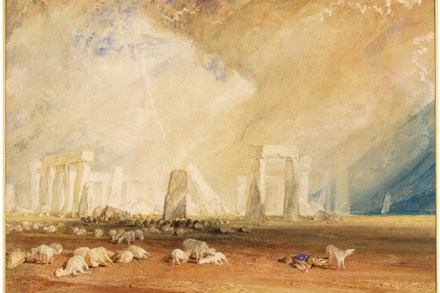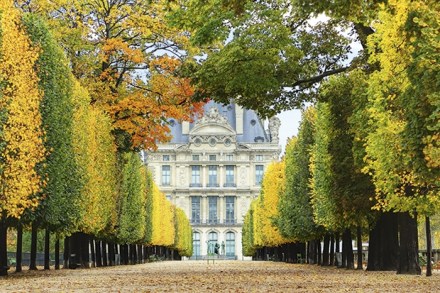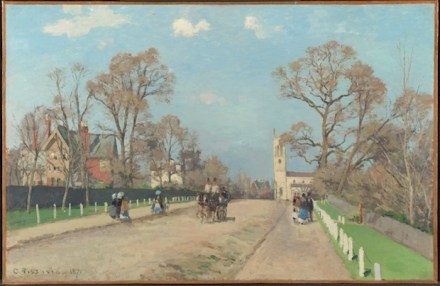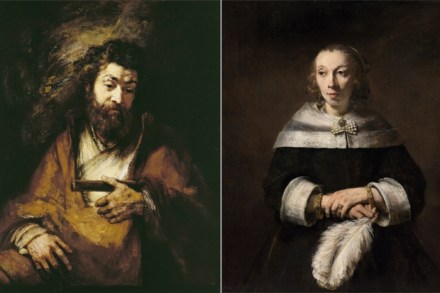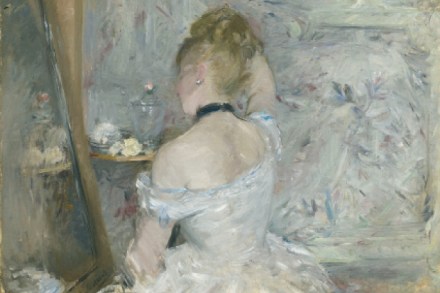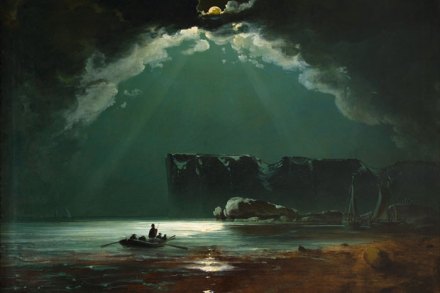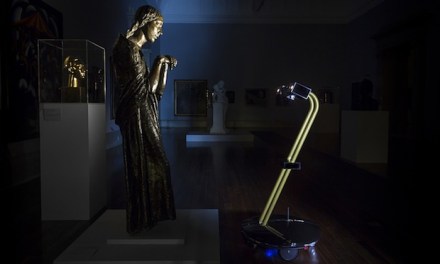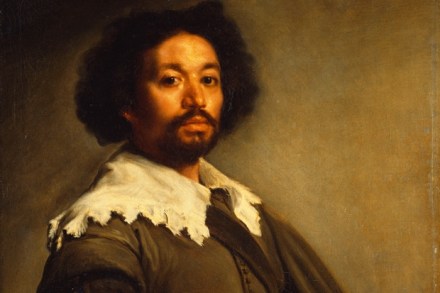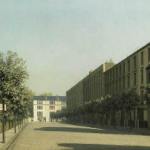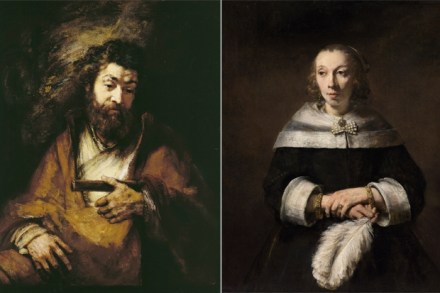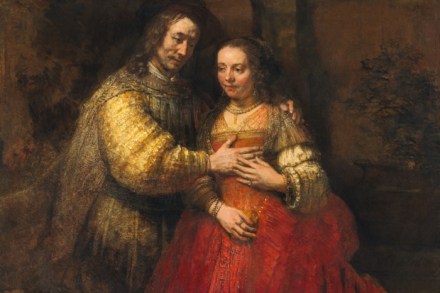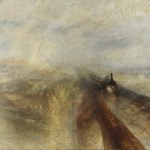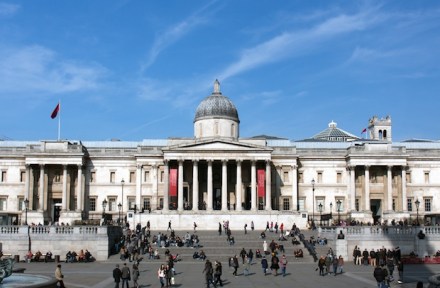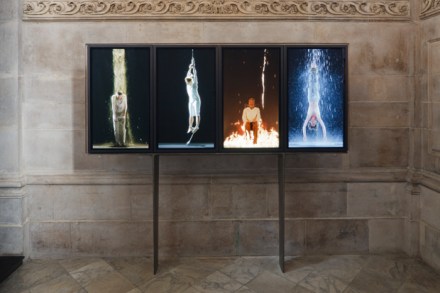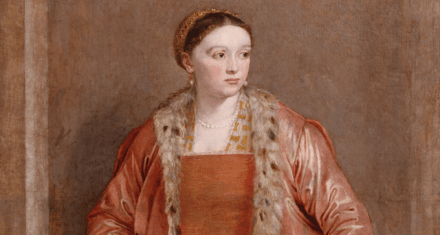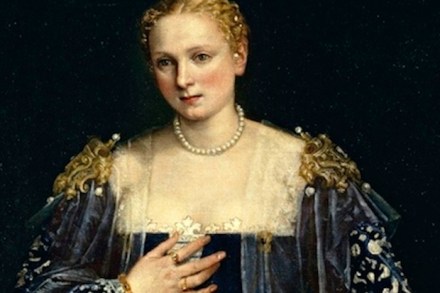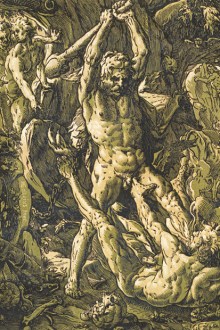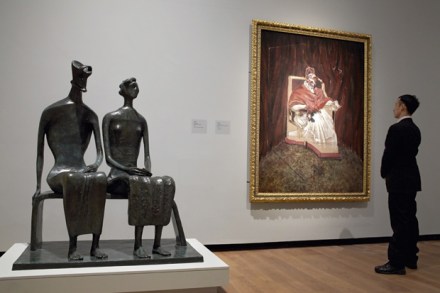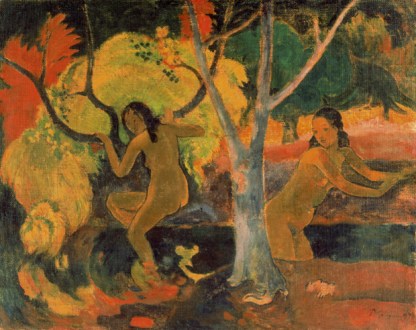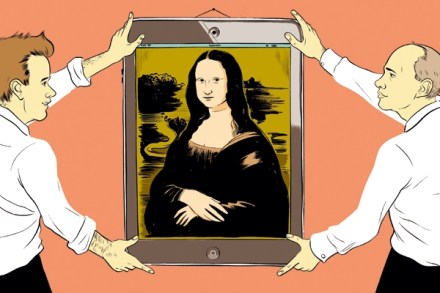Scholarship and folly
It has often been related how, towards the end of his long life, a critical barb got under J.M.W. Turner’s skin. ‘Soapsuds and whitewash!’ Turner apparently snorted, repeatedly, to himself. However, until now no one has traced the perpetrator of this memorably tart comment. Now we know. It was the scandalous, super-rich patron and novelist William Beckford, who made it in 1831 while taking a visitor on a tour of his collection. They paused in front of a watercolour of Fonthill Abbey, Beckford’s erstwhile house — and folly — that Turner had painted some three decades earlier. The guest remarked that the painter did not paint like that these days.
